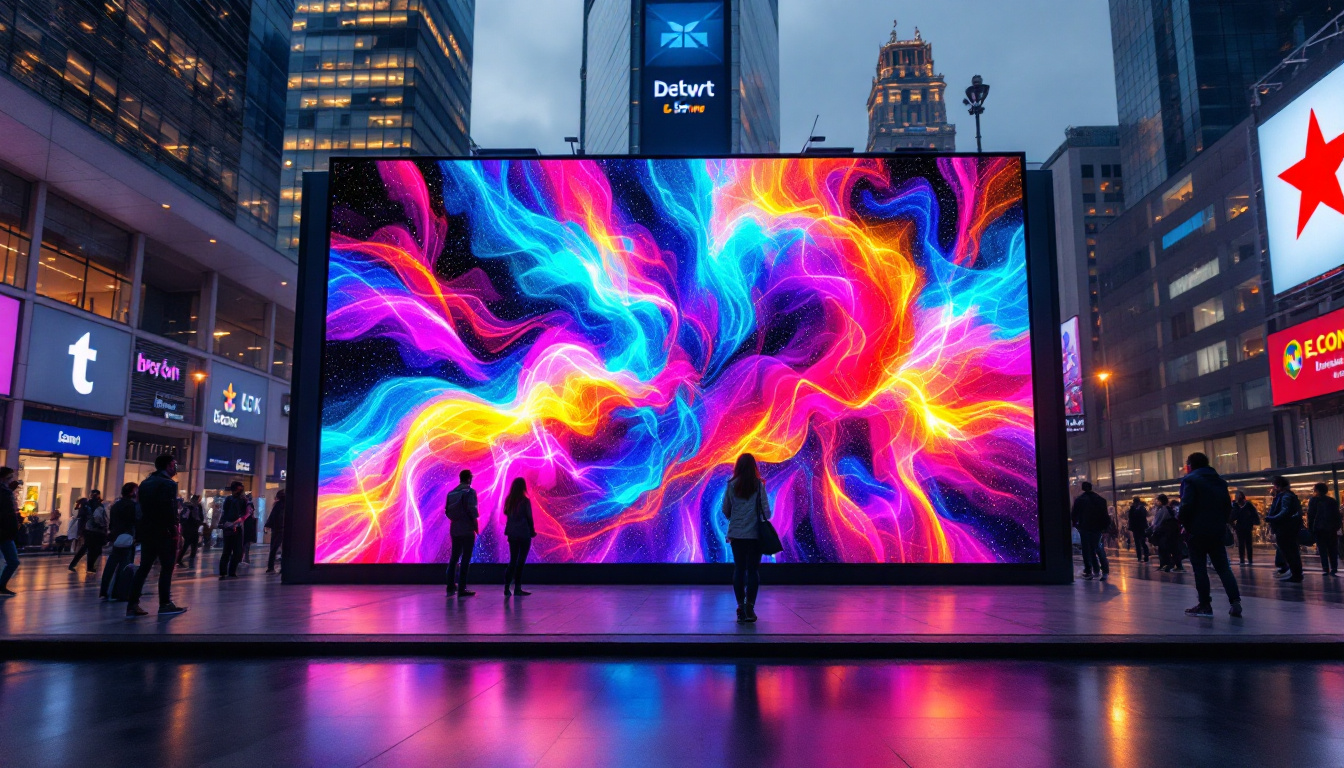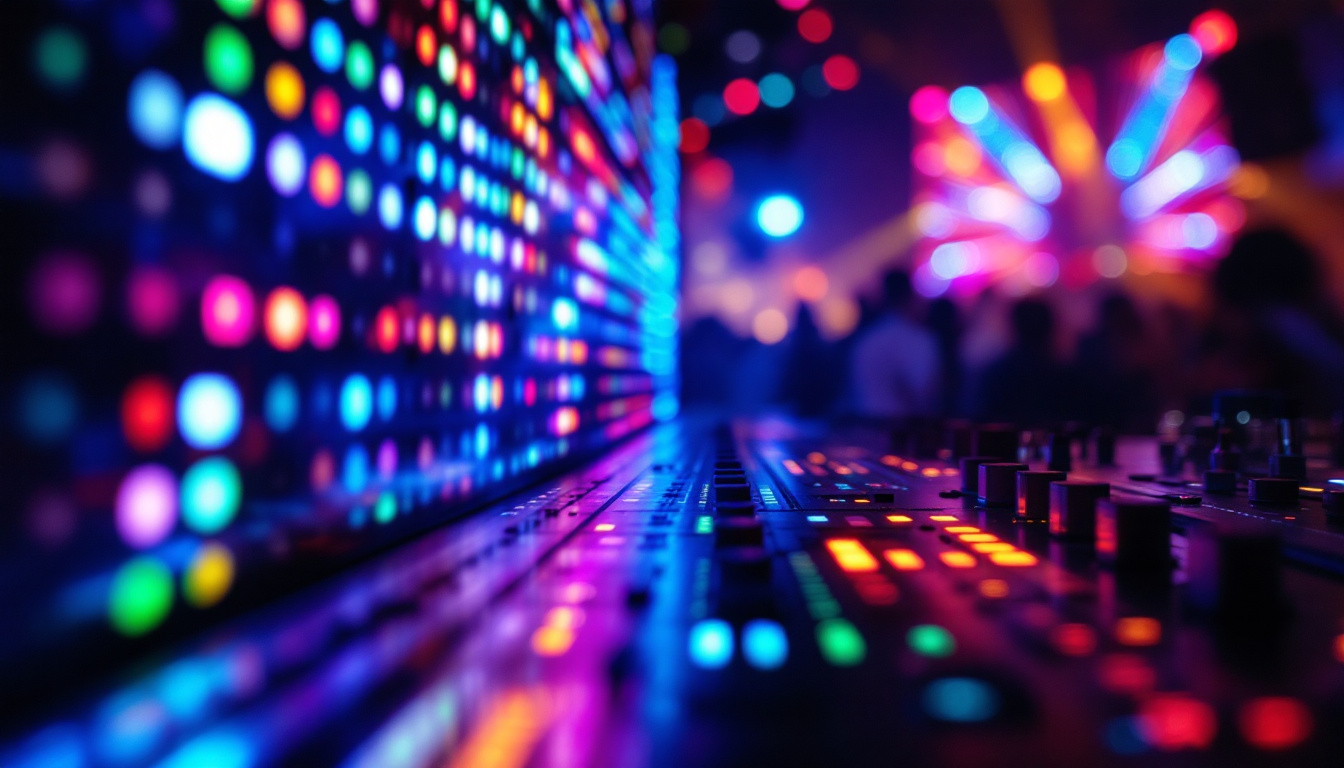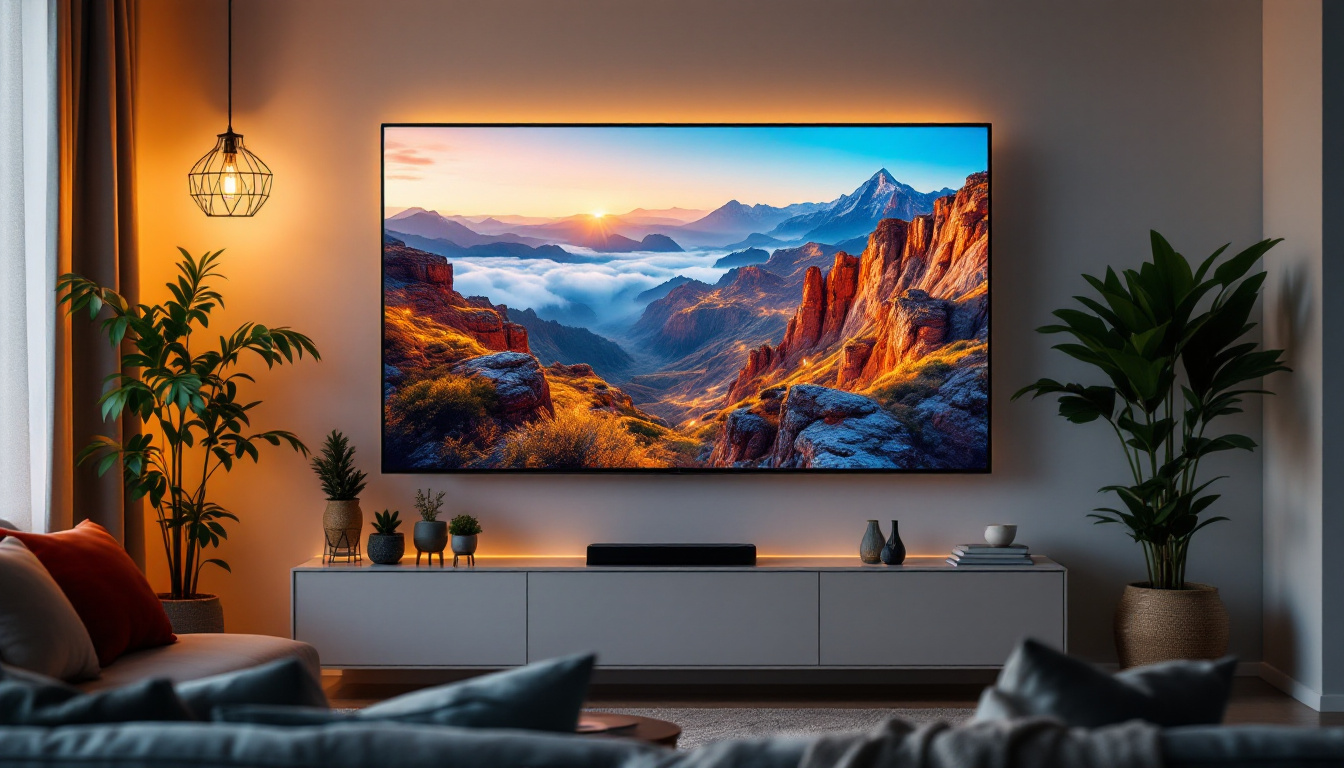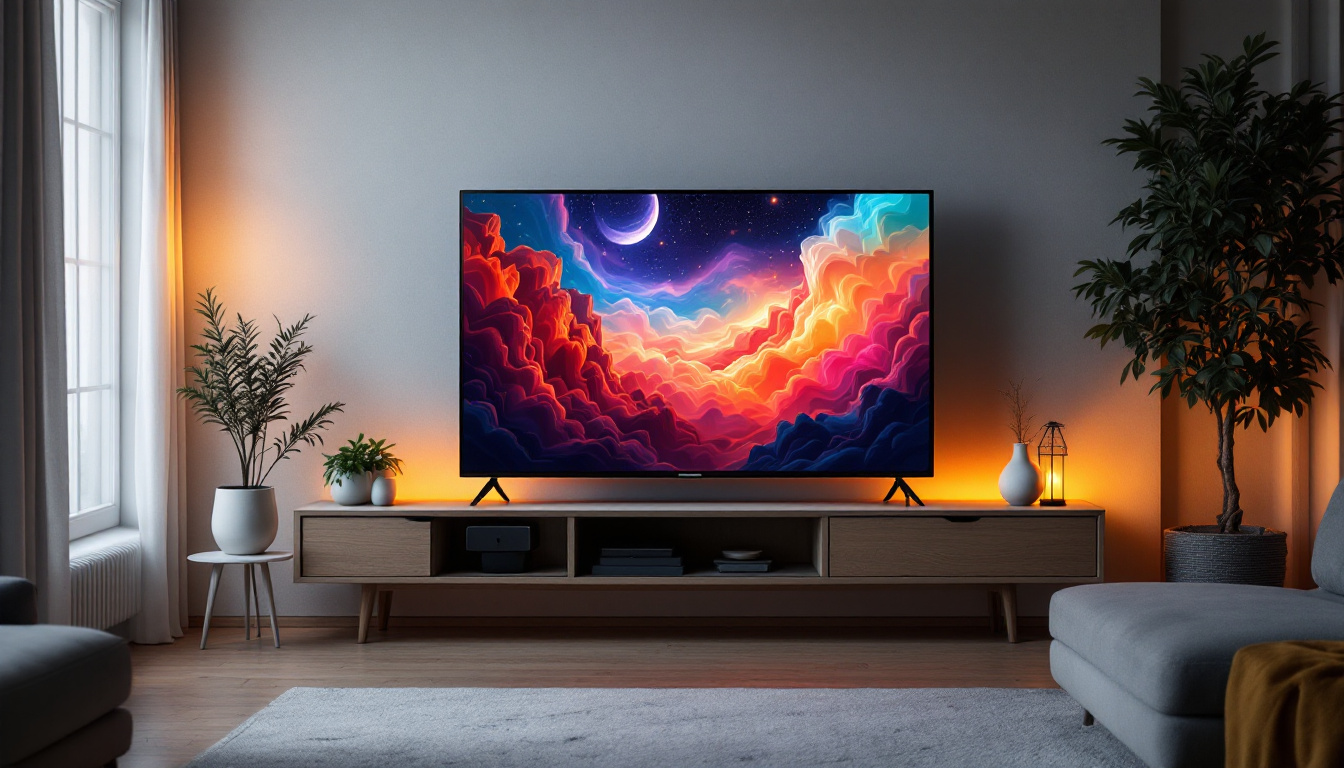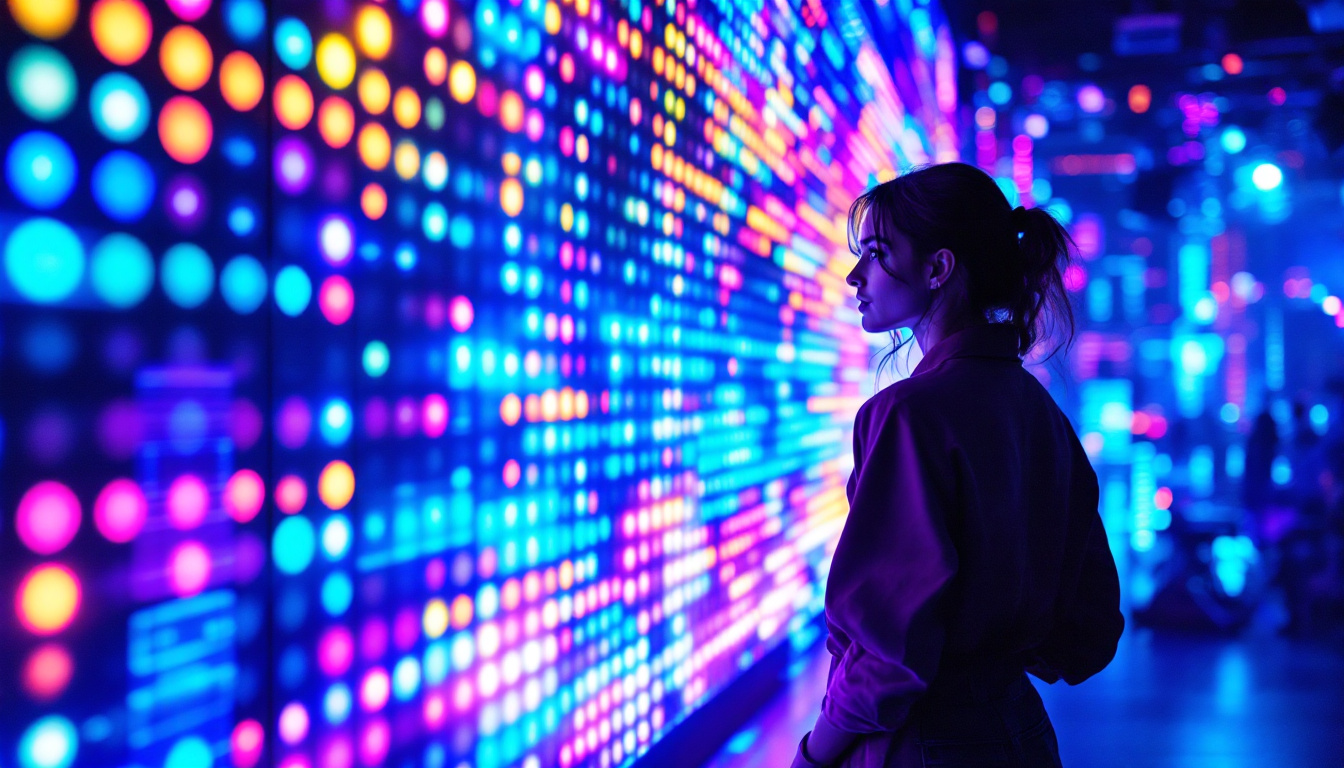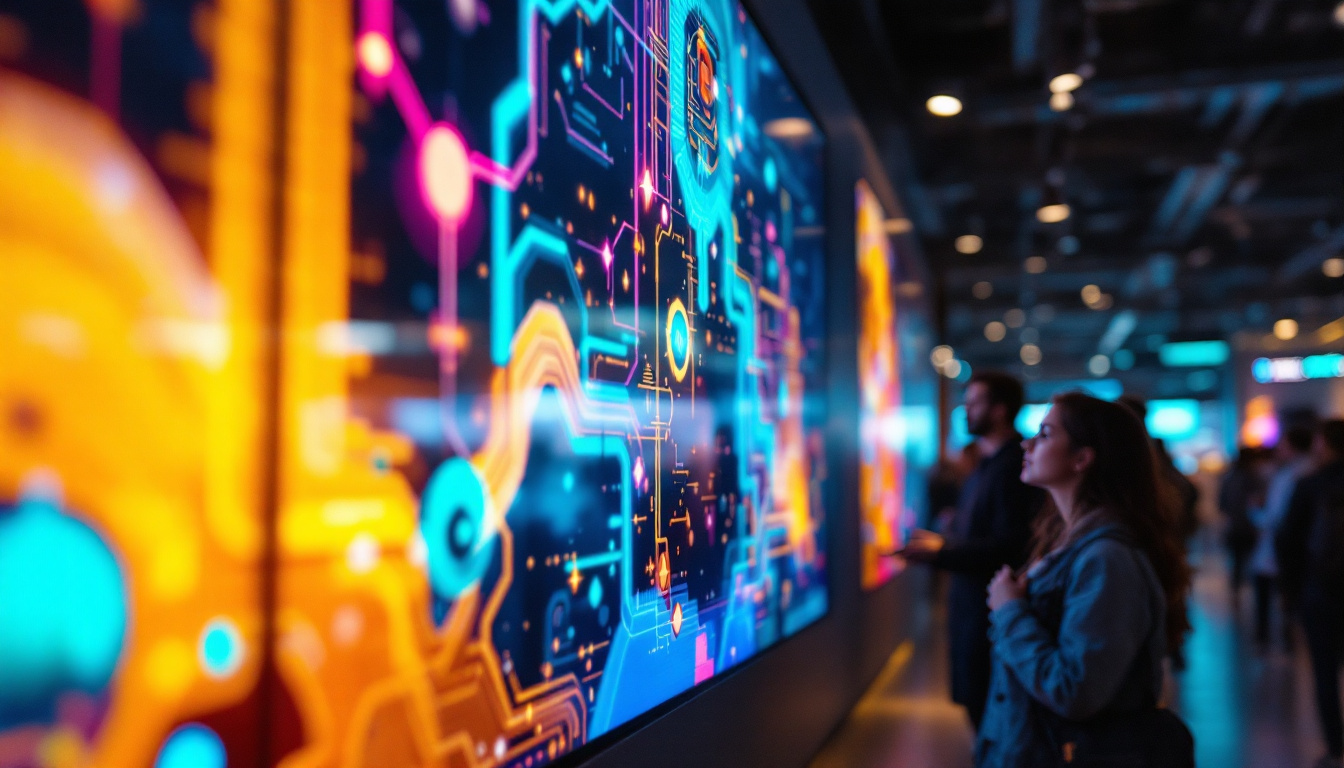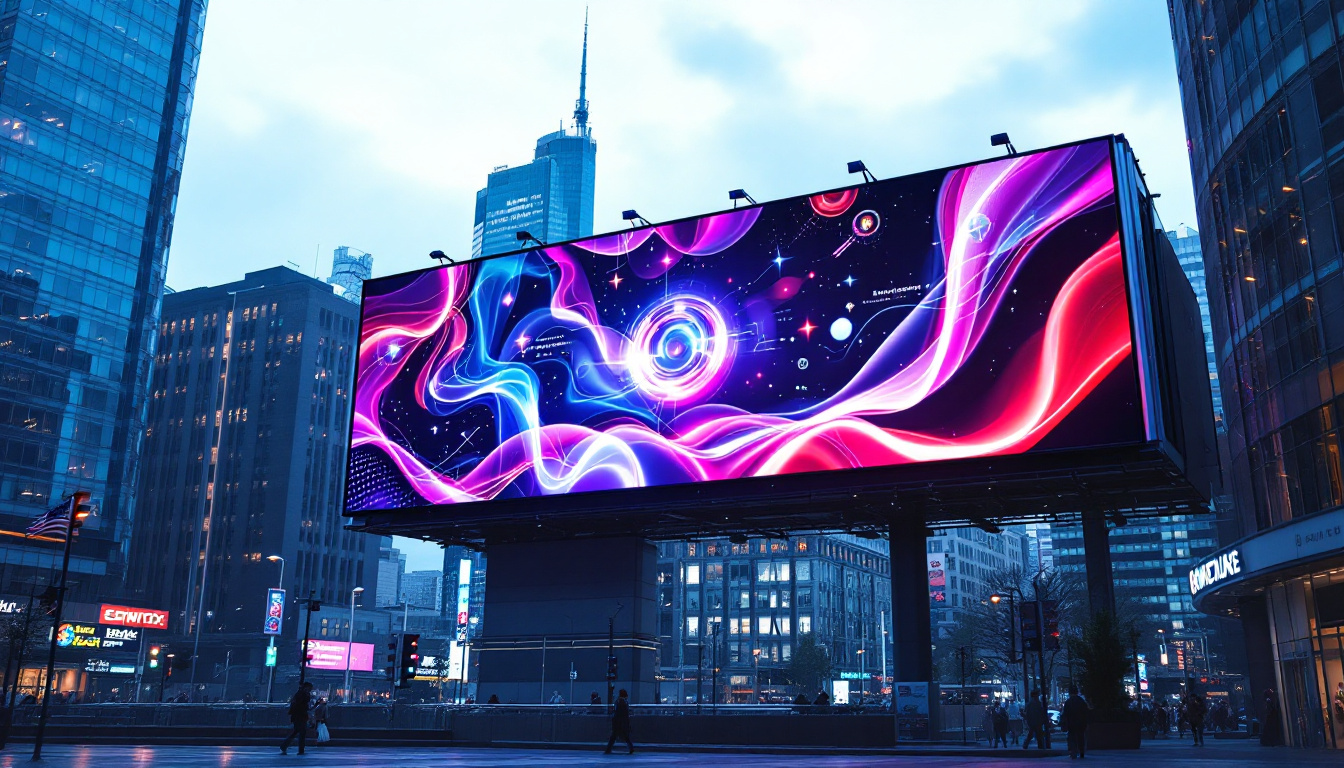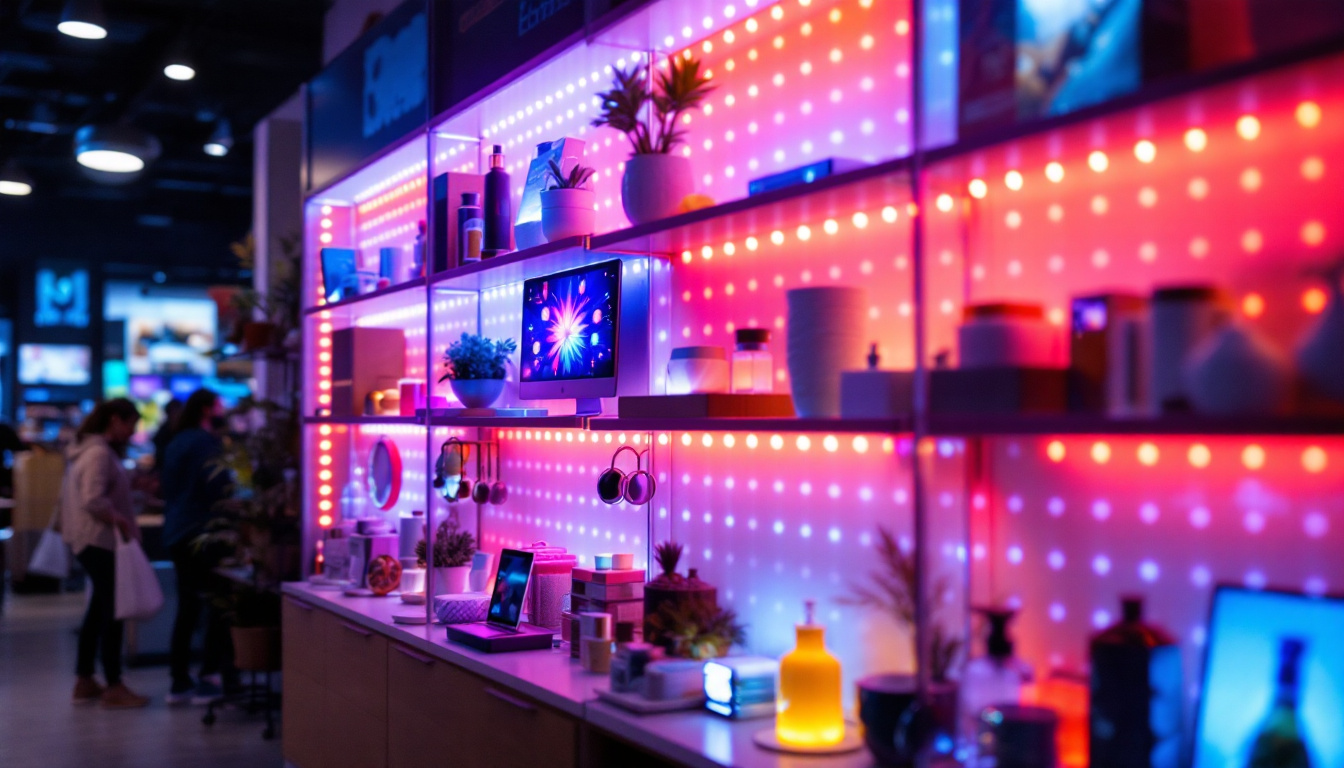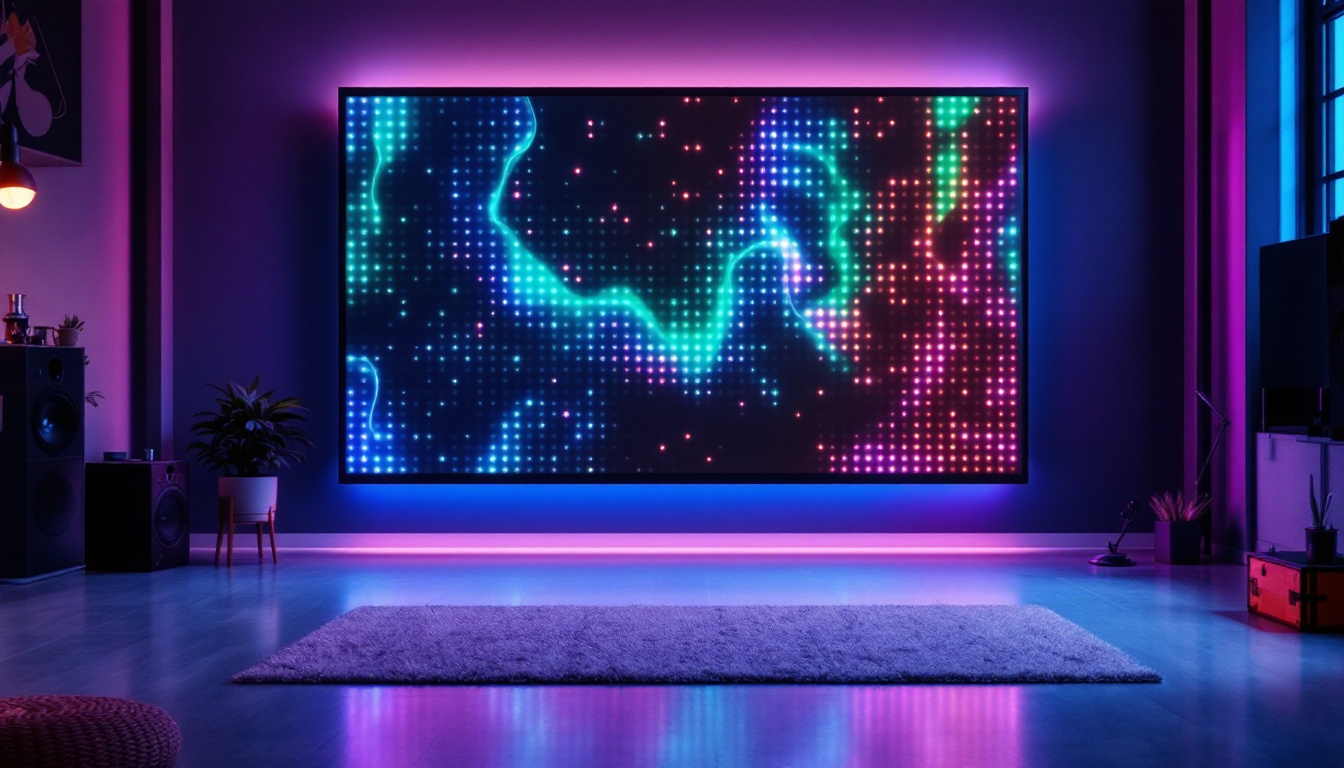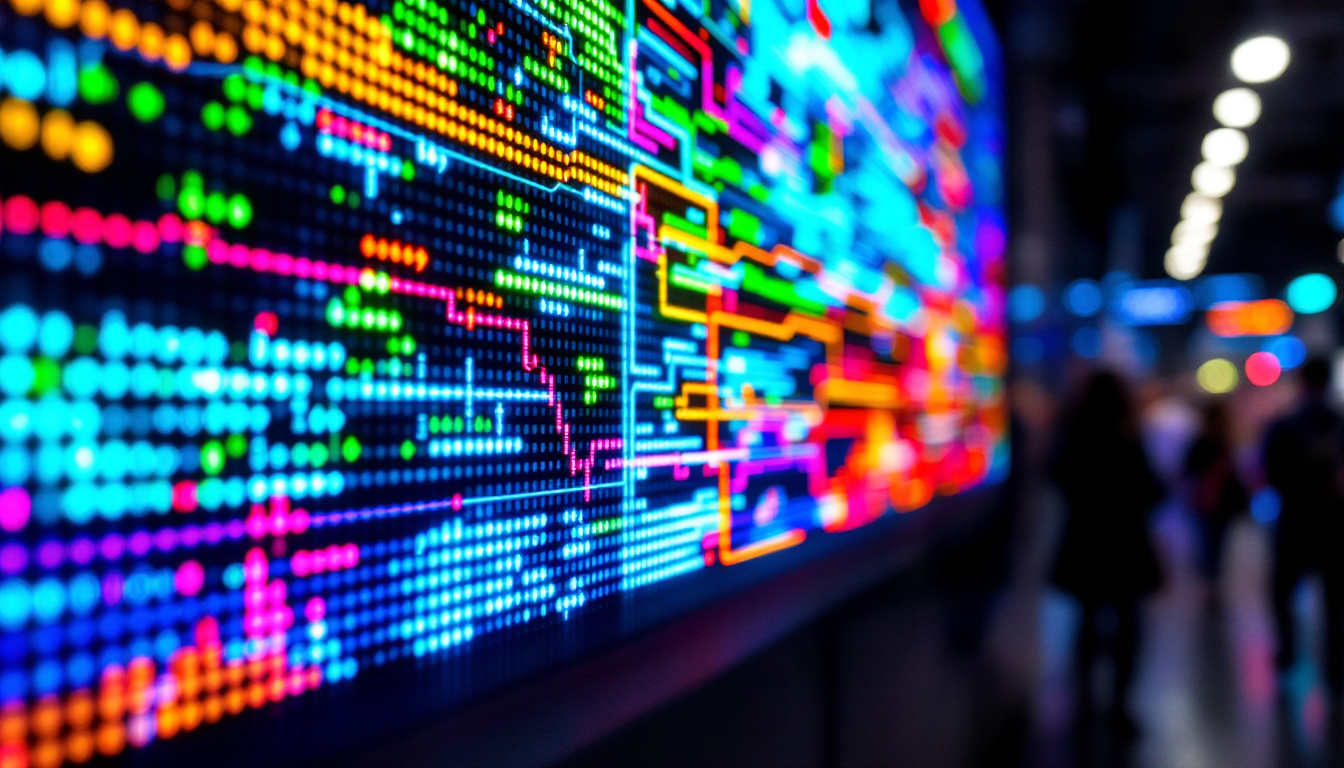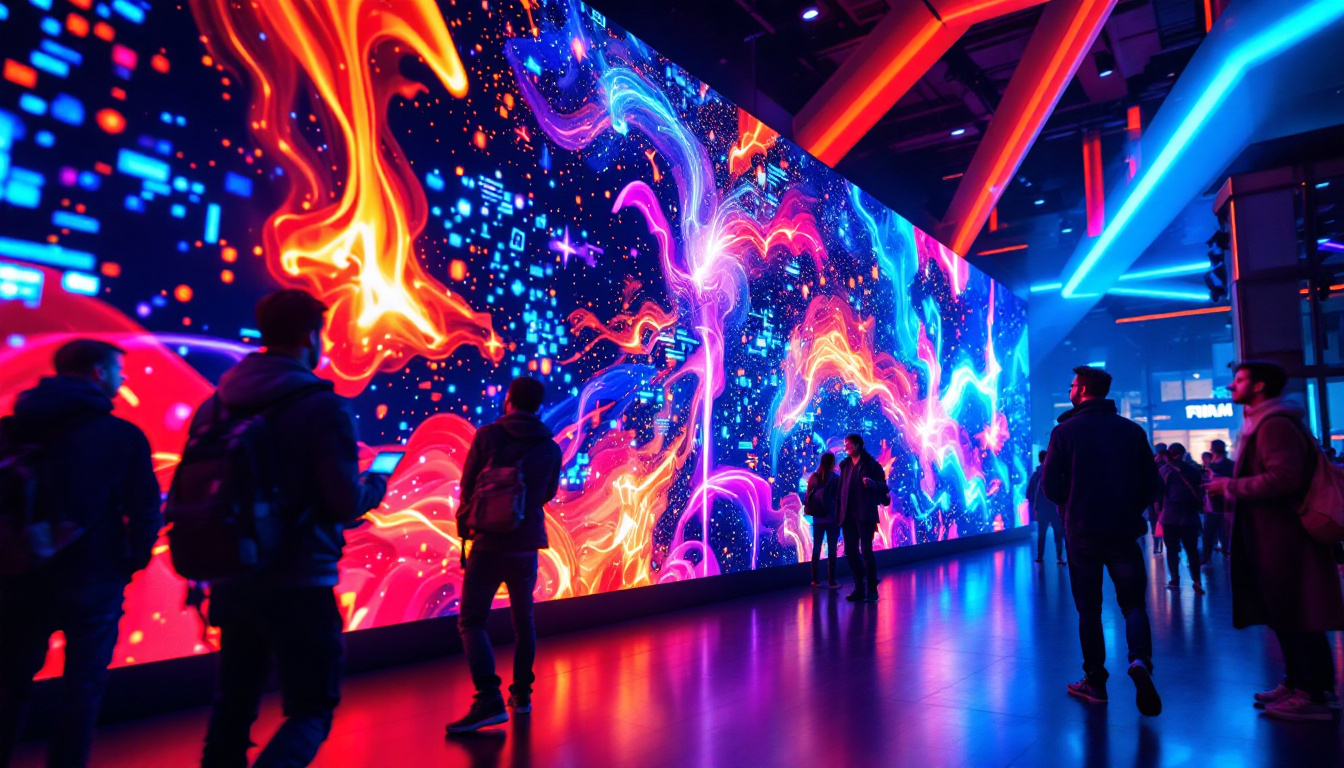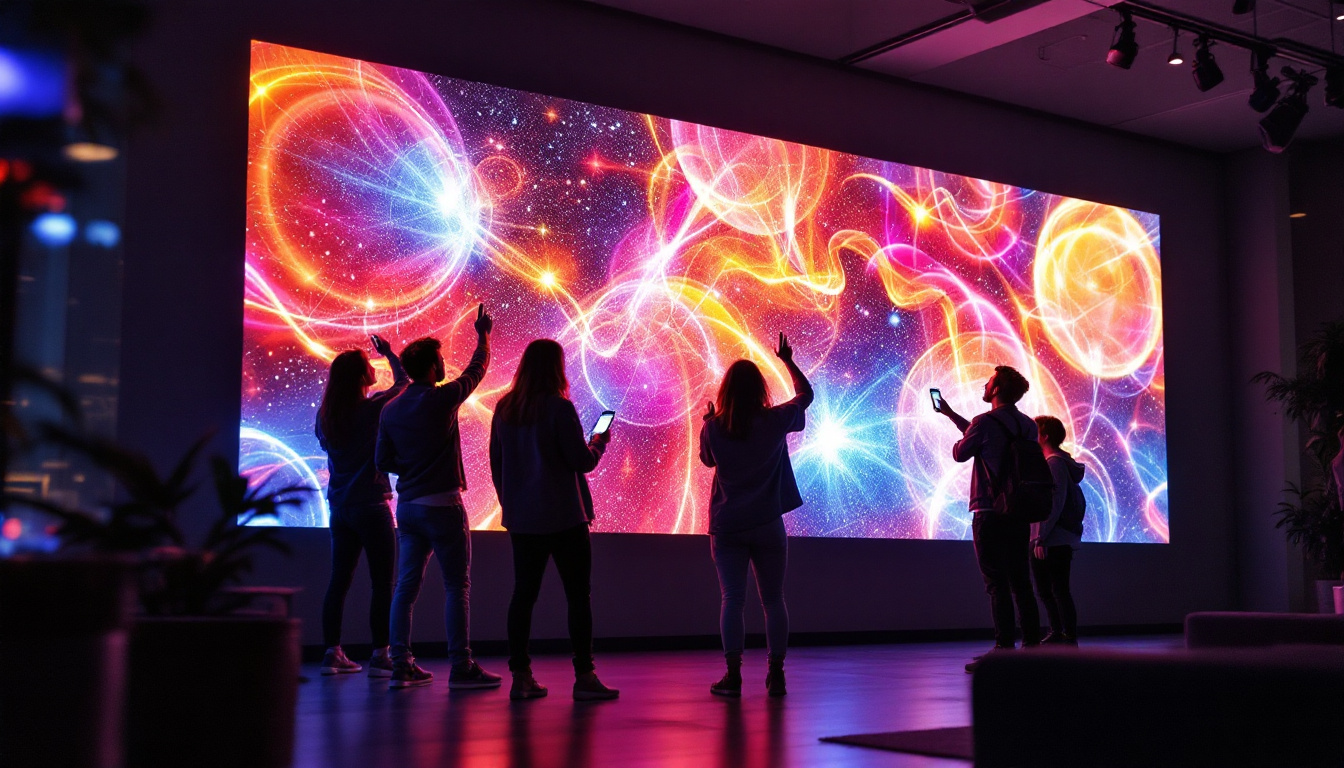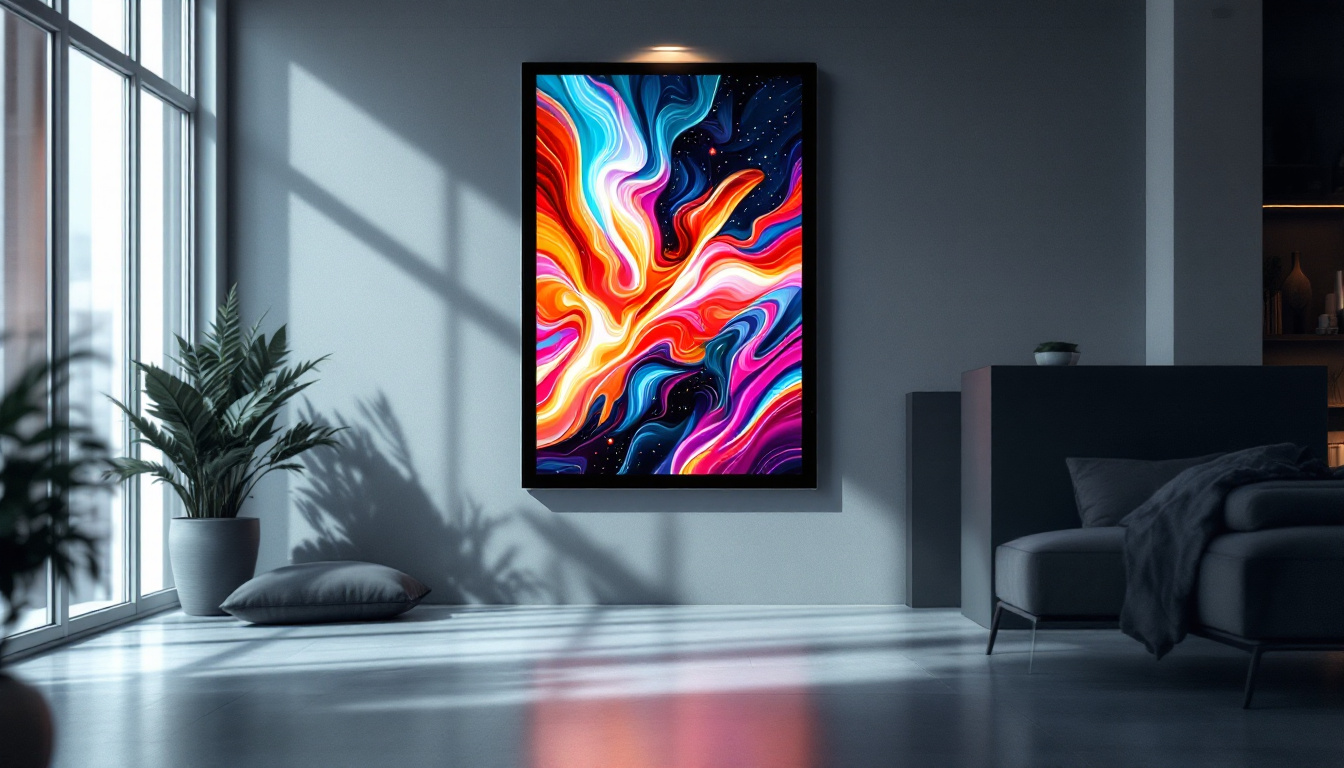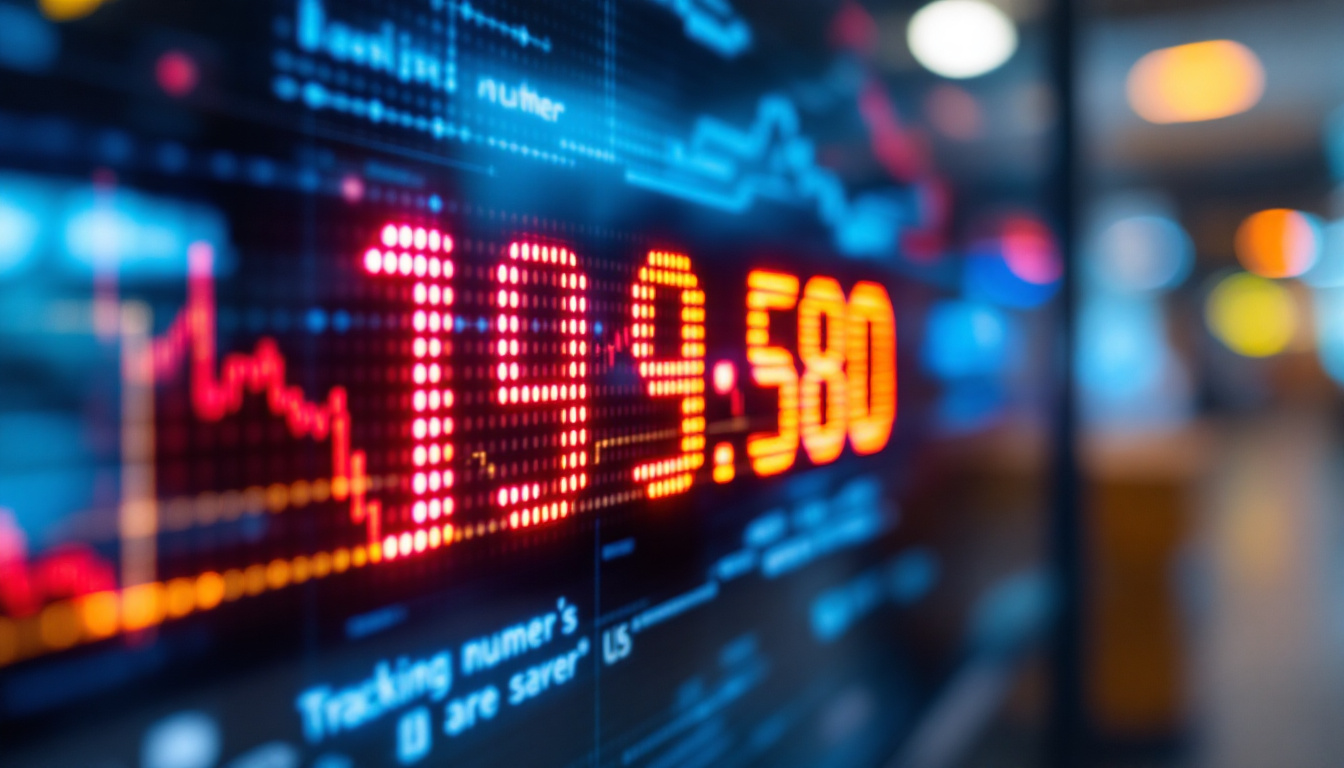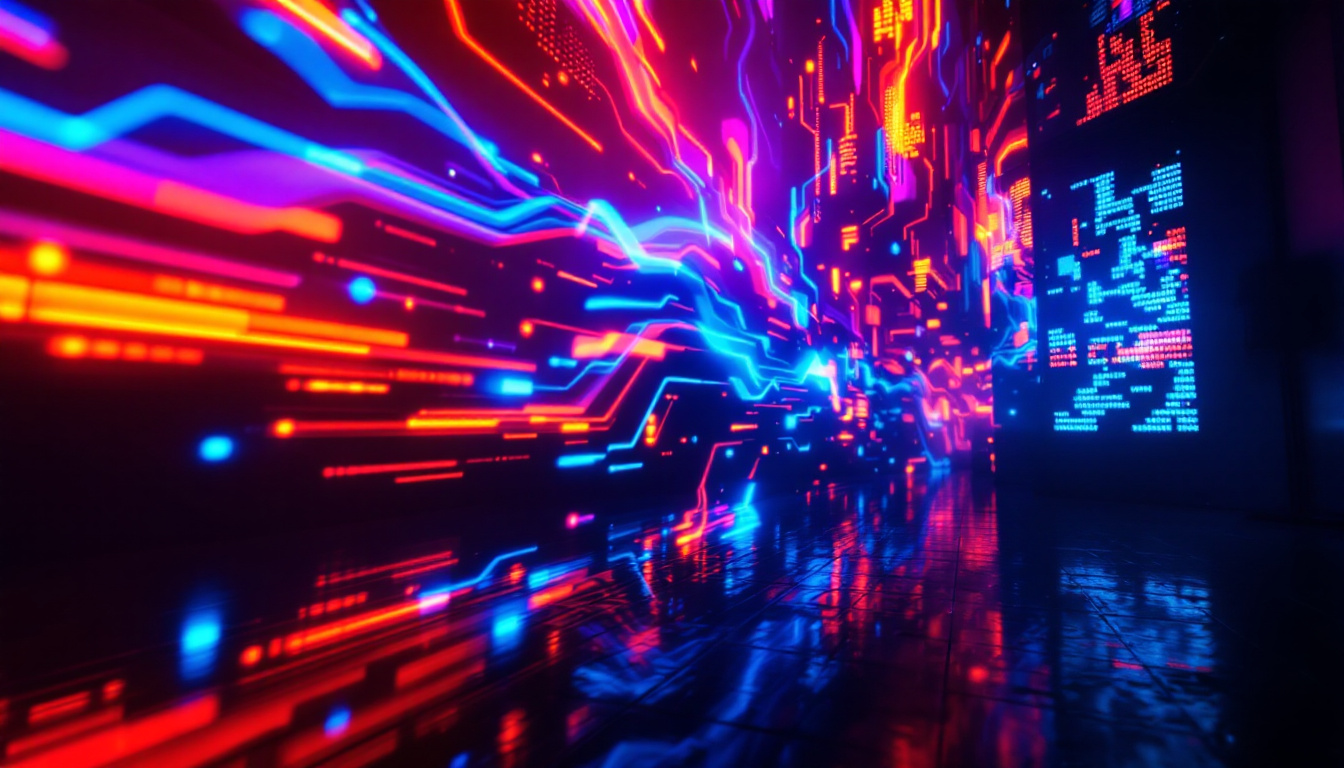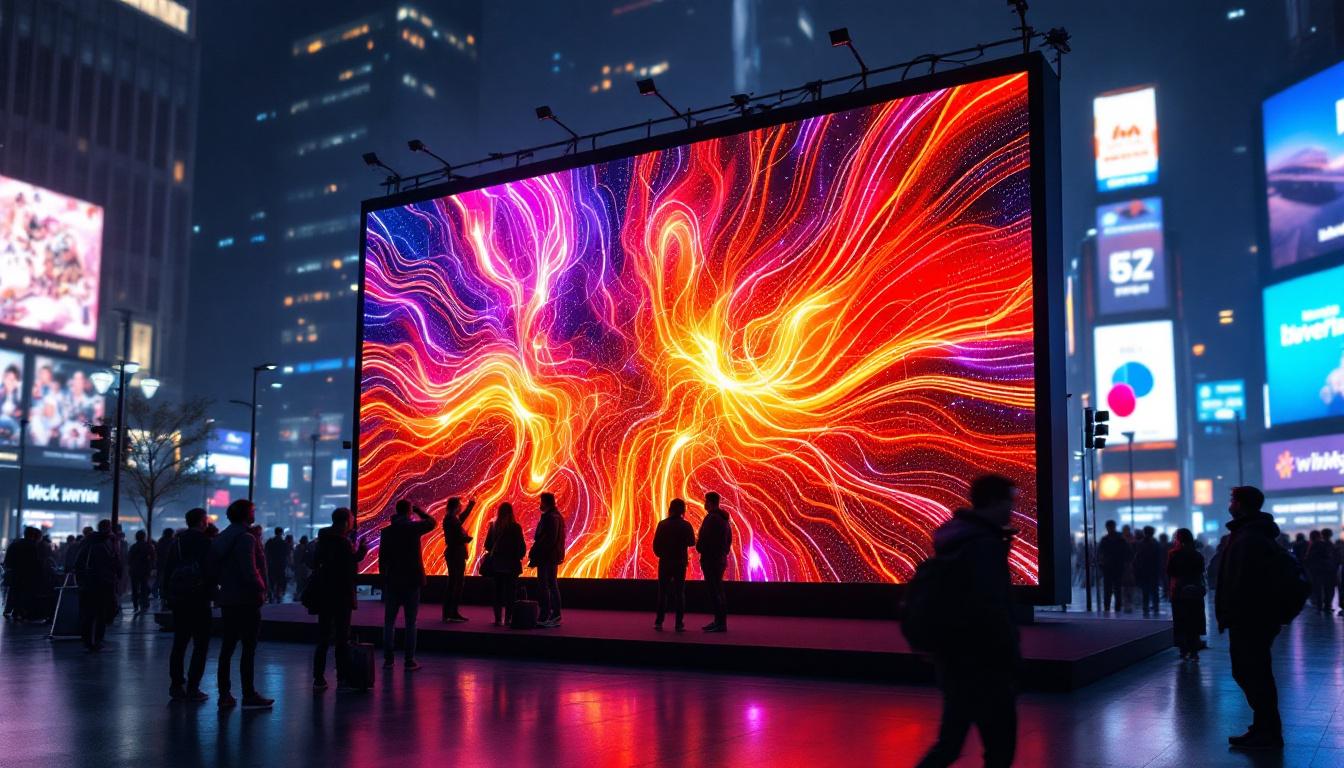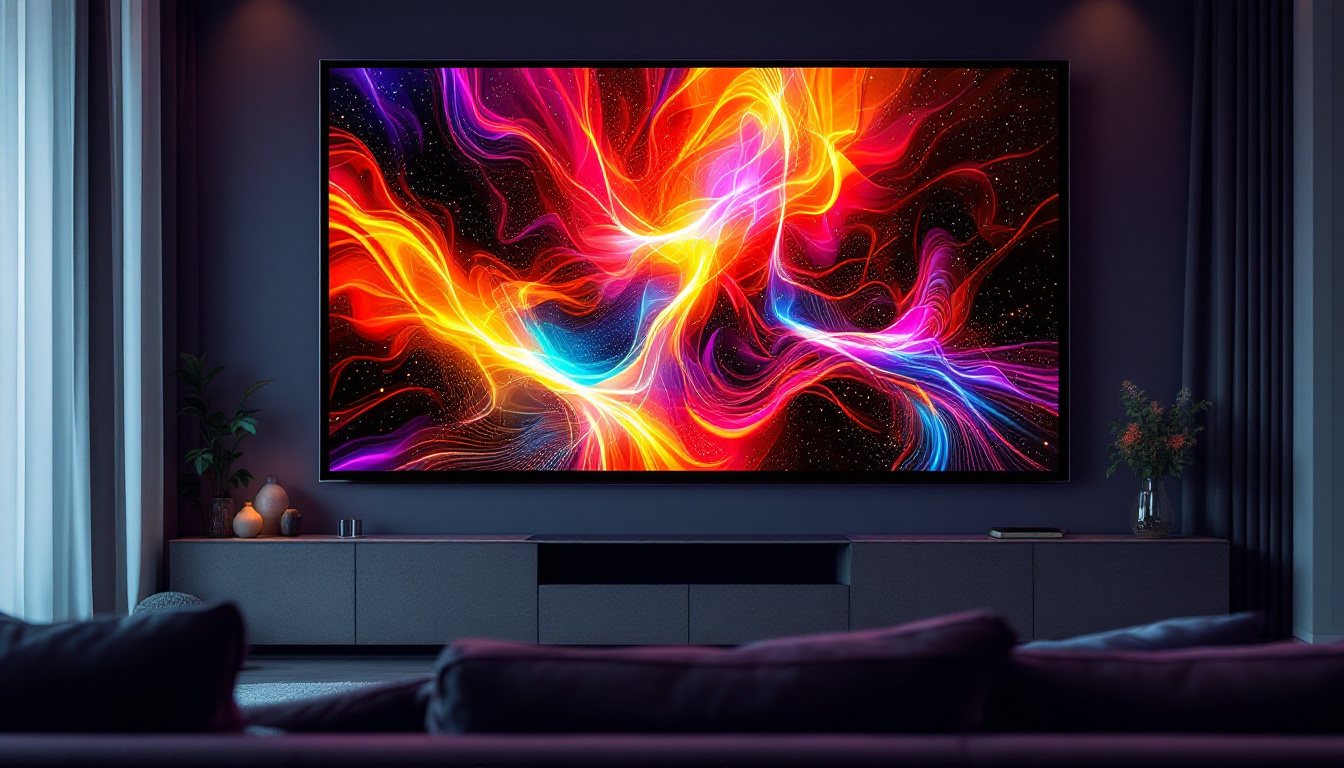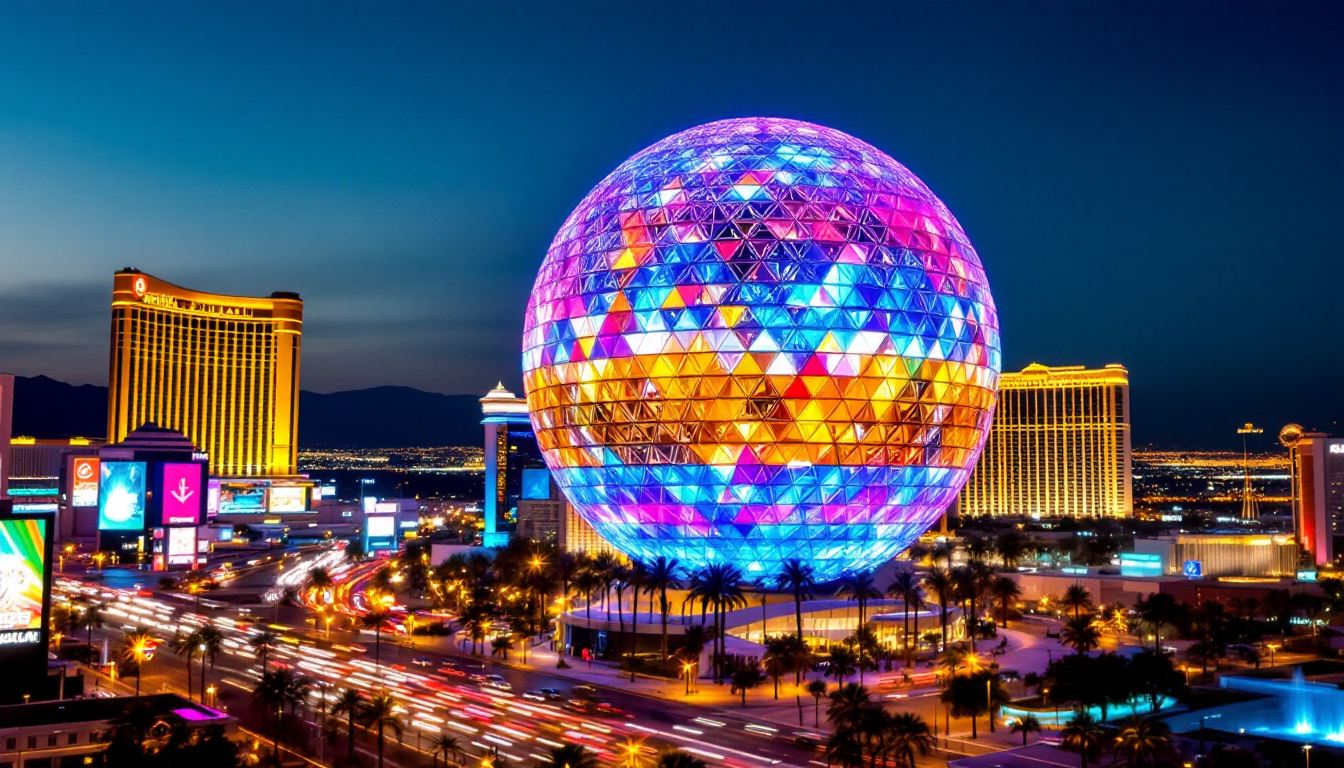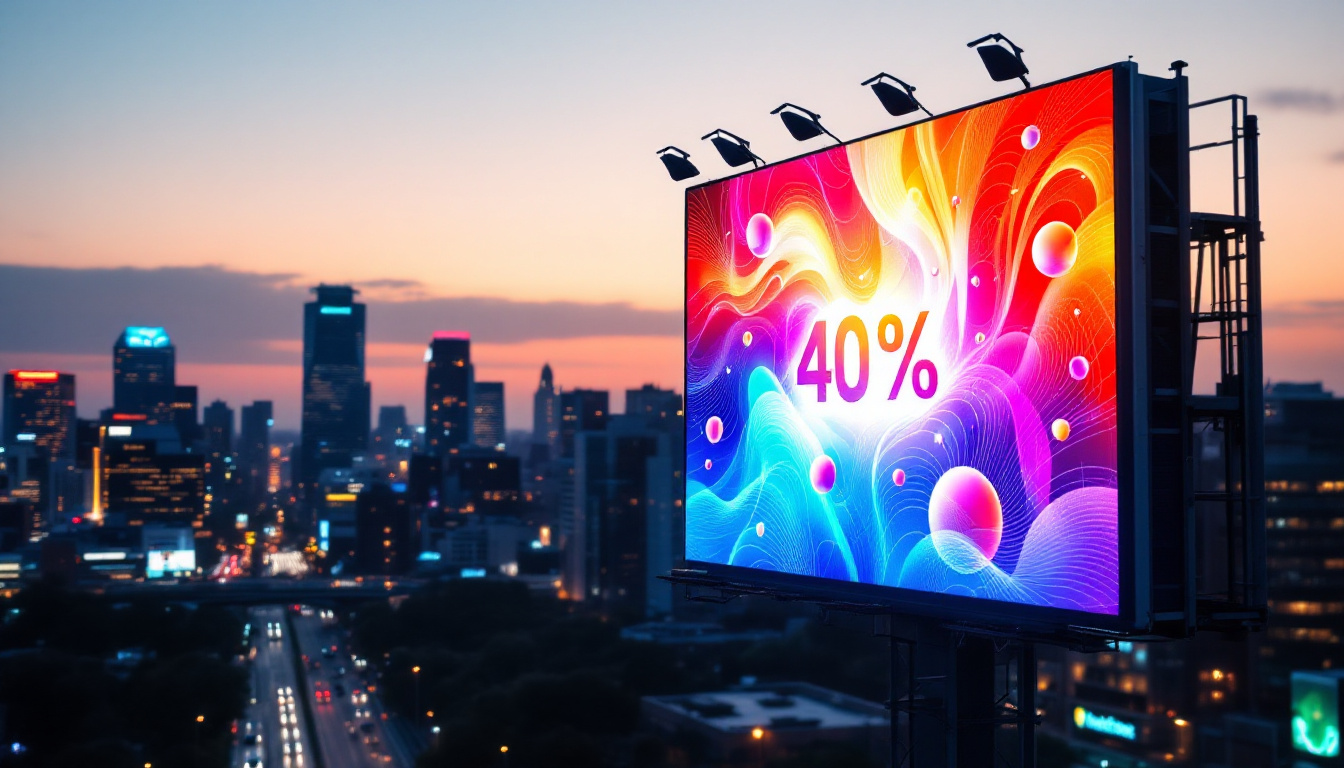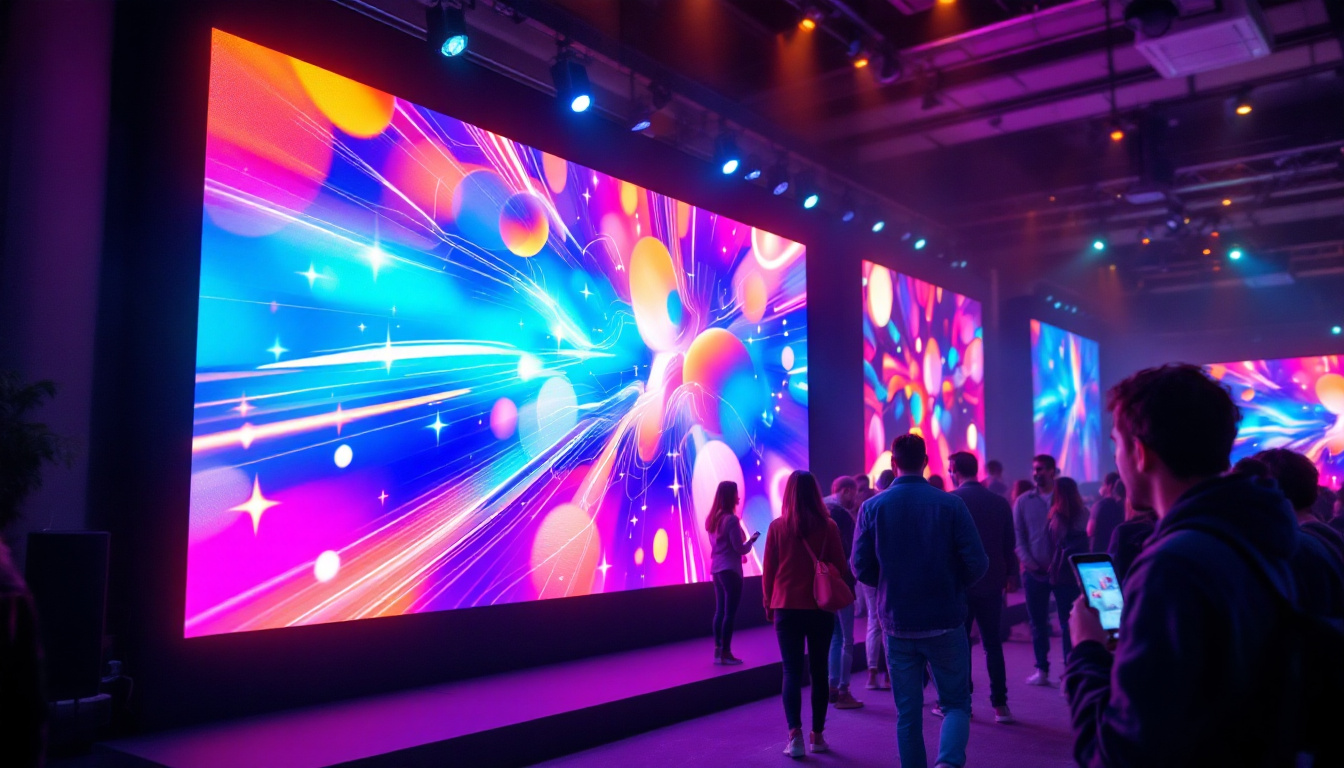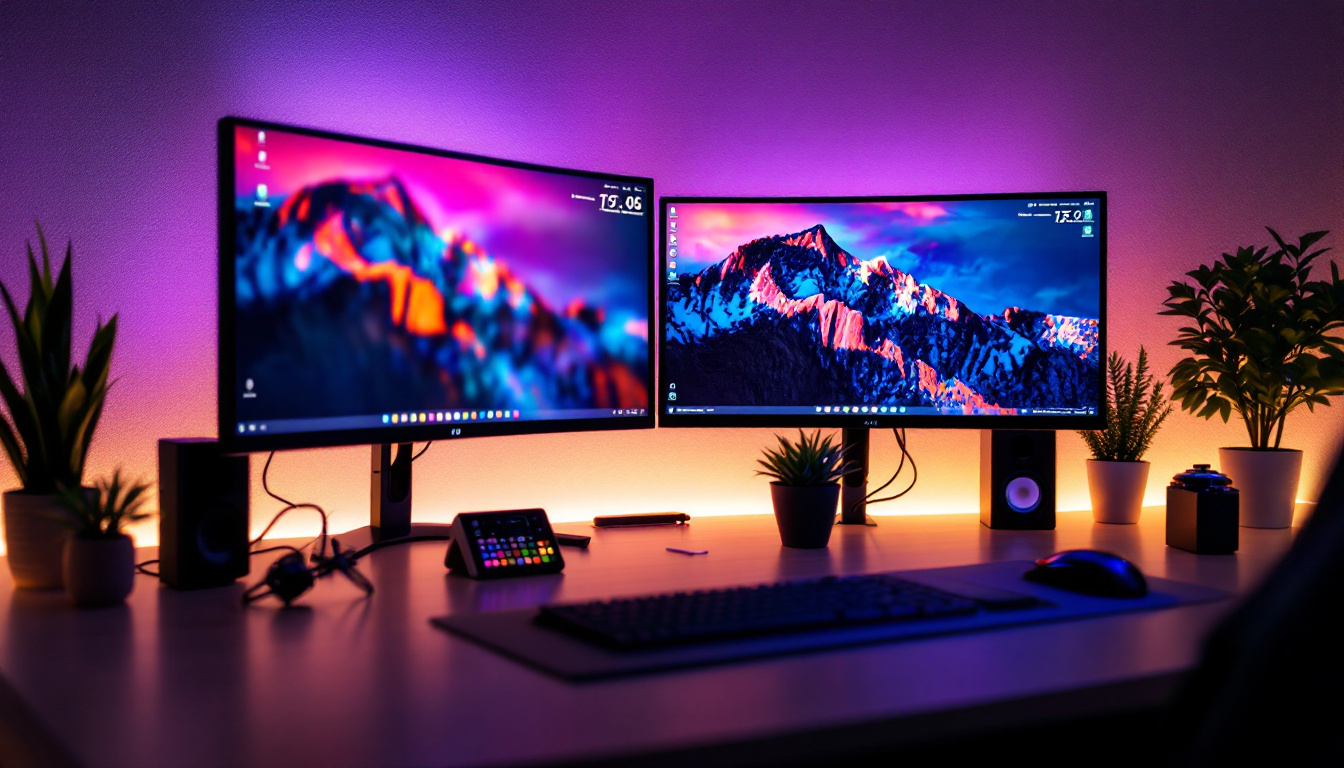In the rapidly evolving world of advertising and information dissemination, LED displays have emerged as a transformative technology. Their vibrant colors, high resolution, and versatility make them a preferred choice for businesses and organizations looking to capture attention. This article delves into the intricacies of LED displays, exploring their technology, applications, and the future of this dynamic medium.
Understanding LED Display Technology
LED, or Light Emitting Diode, technology is the backbone of modern display systems. Unlike traditional display methods, LED displays utilize diodes that emit light when an electric current passes through them. This section will explore the fundamental principles behind LED technology and how it has revolutionized the display landscape.
How LED Displays Work
At the core of an LED display is a matrix of tiny light-emitting diodes. These diodes can produce a wide spectrum of colors by combining red, green, and blue (RGB) lights. The intensity of each color can be adjusted to create virtually any color imaginable. When these diodes are arranged in a grid, they form pixels, which are the building blocks of the display.
The process begins with an image or video signal that is converted into electrical signals. These signals control the brightness of each pixel, allowing for the display of complex images and videos. The result is a bright, dynamic display that can be seen clearly even in direct sunlight, making LED technology particularly suitable for outdoor advertising. Additionally, the rapid response time of LEDs means that they can display fast-moving images without blurring, making them ideal for sports events and live broadcasts.
Types of LED Displays
LED displays come in various types, each designed for specific applications. The most common types include:
- Indoor LED Displays: These displays are designed for use in controlled environments, such as shopping malls, airports, and conference centers. They typically offer higher resolution and finer pixel pitch for close viewing.
- Outdoor LED Displays: Built to withstand the elements, outdoor displays are larger and more robust. They feature higher brightness levels to ensure visibility in bright sunlight.
- Transparent LED Displays: These innovative displays allow viewers to see through them while still displaying images and videos. They are ideal for storefronts and exhibitions.
In addition to these common types, there are also specialized LED displays such as flexible LED screens, which can be bent and shaped to fit unconventional spaces, and interactive LED displays that respond to touch or gestures, enhancing user engagement. The versatility of LED technology means it can be adapted for a wide range of uses, from artistic installations to functional signage. Furthermore, advancements in LED technology continue to push the boundaries of what is possible, leading to developments such as microLED displays, which promise even greater resolution and efficiency.
The applications of LED displays extend beyond mere aesthetics; they play a crucial role in information dissemination and advertising. For instance, digital billboards equipped with LED technology can be programmed to change messages dynamically, allowing advertisers to target specific audiences at different times of the day. This capability not only maximizes advertising effectiveness but also reduces the need for physical materials, contributing to more sustainable practices in marketing. As technology evolves, the integration of smart features, such as IoT connectivity, is set to further enhance the functionality of LED displays, allowing for real-time updates and interactivity that were previously unimaginable.
Applications of LED Displays
The versatility of LED displays has led to their widespread adoption across various sectors. From advertising to information dissemination, the applications are vast and varied. This section highlights some of the most significant uses of LED technology.
Advertising and Marketing
One of the most prominent applications of LED displays is in advertising. Businesses leverage the vibrant colors and dynamic content capabilities of LED displays to attract customers. Billboards, storefronts, and event venues increasingly utilize LED technology to create eye-catching advertisements that can be updated in real-time.
Moreover, the ability to display video content allows brands to convey their messages more effectively. This dynamic nature of LED advertising not only captures attention but also enhances brand recall. As a result, many companies are investing heavily in LED technology to stay competitive in the market.
Information Display in Public Spaces
LED displays are also widely used in public spaces for information dissemination. Airports, train stations, and bus terminals utilize LED screens to provide real-time updates on schedules, delays, and other essential information. The clarity and visibility of LED displays ensure that travelers receive timely information, enhancing their overall experience.
Additionally, educational institutions are adopting LED displays for announcements and event promotions. These displays serve as effective communication tools, engaging students and staff alike.
Entertainment and Events
The entertainment industry has embraced LED technology for concerts, festivals, and sporting events. Large-scale LED screens are often used to enhance the audience’s experience by displaying live feeds, graphics, and animations. This not only enriches the visual experience but also creates an immersive atmosphere that captivates attendees.
Furthermore, LED technology allows for creative staging and set designs, enabling event organizers to push the boundaries of traditional presentations. The flexibility of LED displays makes them a favorite among event planners and production teams.
The Advantages of LED Displays
LED displays offer numerous advantages over traditional display technologies. Understanding these benefits can help businesses and organizations make informed decisions when investing in display solutions.
Energy Efficiency
One of the most significant advantages of LED displays is their energy efficiency. Compared to traditional incandescent or fluorescent displays, LED technology consumes significantly less power. This not only reduces operational costs but also contributes to a smaller carbon footprint, making LED displays an environmentally friendly choice.
Moreover, the longevity of LED displays means fewer replacements and lower maintenance costs. With a lifespan of up to 100,000 hours, LED displays can operate for years without the need for replacement, further enhancing their cost-effectiveness.
High Brightness and Visibility
LED displays are known for their exceptional brightness levels, making them suitable for various lighting conditions. Whether in a dimly lit room or under the blazing sun, LED displays maintain their visibility and clarity. This characteristic is particularly important for outdoor advertising, where competing with natural light is crucial.
Additionally, the wide viewing angles of LED displays ensure that content is visible from multiple perspectives, making them ideal for large audiences and public spaces.
Dynamic Content Capabilities
The ability to display dynamic content is another significant advantage of LED technology. Businesses can easily update their messages, promotions, and advertisements in real-time, allowing for timely communication with their audience. This flexibility is particularly beneficial for businesses that need to adapt quickly to changing market conditions.
Furthermore, the integration of interactive elements, such as touchscreens and social media feeds, enhances audience engagement and interaction, making LED displays a powerful tool for marketing and communication.
Challenges and Considerations
While LED displays offer numerous benefits, there are also challenges and considerations that businesses must address when implementing this technology. Understanding these factors is crucial for successful deployment and operation.
Initial Investment Costs
One of the primary challenges associated with LED displays is the initial investment cost. High-quality LED displays can be expensive, and businesses must weigh the upfront costs against the long-term benefits. However, it is essential to consider the total cost of ownership, including energy savings and reduced maintenance costs, when evaluating the return on investment.
Moreover, advancements in technology are leading to more affordable options, making LED displays accessible to a broader range of businesses. As the market continues to grow, prices are expected to decrease, further enhancing the viability of LED technology.
Technical Expertise and Maintenance
Implementing LED displays requires technical expertise, particularly in installation and maintenance. Businesses may need to hire specialized personnel or partner with experienced vendors to ensure proper setup and ongoing support. This can add to the overall cost and complexity of deployment.
Regular maintenance is also essential to ensure optimal performance. While LED displays are durable, they are not immune to wear and tear. Routine checks and servicing can help identify potential issues before they escalate, ensuring the longevity of the display.
The Future of LED Displays
The future of LED displays looks promising, with continuous advancements in technology and applications. As the demand for high-quality visual experiences grows, several trends are shaping the evolution of LED displays.
Advancements in Technology
Ongoing research and development in LED technology are leading to significant improvements in resolution, color accuracy, and energy efficiency. Innovations such as microLED and miniLED technologies are paving the way for even smaller pixels and higher resolutions, resulting in stunning visuals that were previously unattainable.
Moreover, the integration of artificial intelligence and machine learning is enhancing the capabilities of LED displays. These technologies can optimize content delivery, analyze viewer engagement, and provide valuable insights to businesses, enabling them to tailor their messaging effectively.
Increased Integration with Digital Platforms
As digital marketing continues to evolve, the integration of LED displays with digital platforms is becoming more prevalent. Businesses are leveraging data analytics and social media to create targeted advertising campaigns that resonate with their audience.
This integration allows for real-time updates and personalized content delivery, enhancing the overall effectiveness of marketing efforts. As a result, LED displays are becoming an integral part of comprehensive digital marketing strategies.
Sustainability and Eco-Friendliness
With growing concerns about environmental sustainability, the demand for eco-friendly technologies is on the rise. LED displays, with their energy efficiency and long lifespan, align well with these sustainability goals. Manufacturers are increasingly focusing on creating displays with recyclable materials and reduced environmental impact, further enhancing their appeal.
As businesses seek to align their operations with sustainability initiatives, LED displays will play a crucial role in promoting eco-friendly practices while delivering high-quality visual experiences.
Conclusion
LED displays represent a significant advancement in visual technology, offering numerous benefits across various applications. From advertising and public information to entertainment and events, the versatility of LED displays is undeniable. While challenges exist, the advantages, including energy efficiency, dynamic content capabilities, and high visibility, make LED displays a compelling choice for businesses and organizations.
As technology continues to evolve, the future of LED displays looks bright. With ongoing advancements and increased integration with digital platforms, businesses can expect even greater opportunities to engage their audiences effectively. Embracing this technology can provide a competitive edge in today’s fast-paced, visually-driven world.
In conclusion, the Global Printed Products Planner’s exploration of LED displays highlights their transformative potential. As industries adapt to changing consumer behaviors and technological advancements, LED displays will undoubtedly remain at the forefront of visual communication.
Discover LumenMatrix’s Innovative LED Display Solutions
Ready to elevate your visual communication strategy with the latest in LED display technology? Look no further than LumenMatrix, a pioneer in crafting LED display modules that bring your brand to life. Whether you’re interested in Indoor LED Walls, Outdoor Displays, or specialized solutions like Vehicle and Sports LED Displays, LumenMatrix has a product to fit your unique needs. Experience the power of enhanced engagement and crystal-clear messaging with our advanced digital signage solutions. Check out LumenMatrix LED Display Solutions today and transform the way you connect with your audience.

